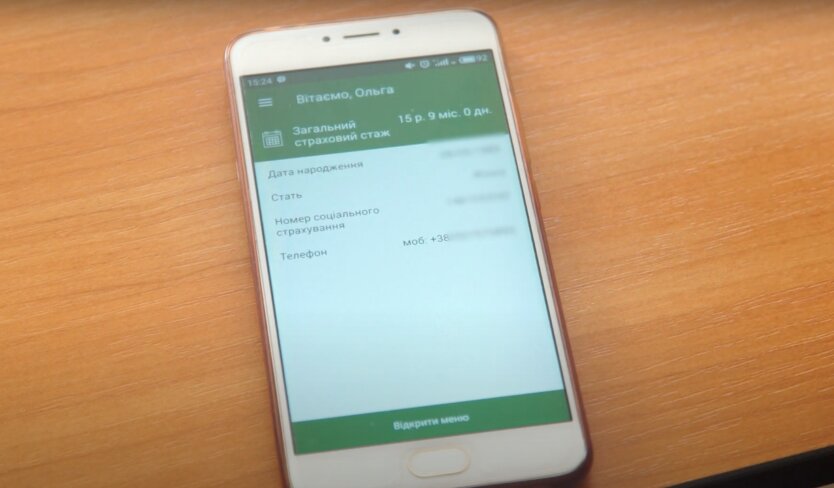Subsidies in a new way: who needs to hurry up with the registration by November 30.


Ukrainians can receive financial assistance from the state in the form of subsidies for utility payments. This was reported by the Director of the Department of Pension Provision, Insurance Payments, Social Services, Housing Subsidies, and Benefits of the Pension Fund of Ukraine, Olena Okhriymenko.
According to her, if a subsidy is already assigned from May 1, 2024, its amount will be automatically recalculated in November, taking into account the start of the heating season, without the need to contact the Pension Fund authorities.
Those planning to receive a subsidy for the first Time can submit the necessary documents personally to the Pension Fund authorities, the Administrative Services Center (CNAP), local government authorities, by mail, or online. Mandatory documents include an application and a declaration.
Internally displaced persons may need an IDP certificate, renters need a rental agreement, and unemployed individuals or those living away from their registration address need an inspection report of living conditions.
Documents for obtaining a subsidy from the start of the heating season must be submitted by November 30. The presence of debt for utility services is not an obstacle if the debt does not exceed 680 UAH or a restructuring agreement is in place.
The mechanism for assigning subsidies is highly automated and simplified, so that every Ukrainian can receive the necessary assistance from the state for paying utility bills in the context of rising tariffs.
Read also
- Veterans will be able to obtain compensation for apartment rental more easily
- The Cabinet approved new requirements for sailors' certificates
- The White House said when Trump will present the final decision regarding Iran
- Say goodbye to book passports: Ukrainians will have to exchange their documents
- PrivatBank launches summer bonuses: who can receive up to 5% cashback
- Ukrainians may lose their pension and social assistance: PPFU named the risk groups










